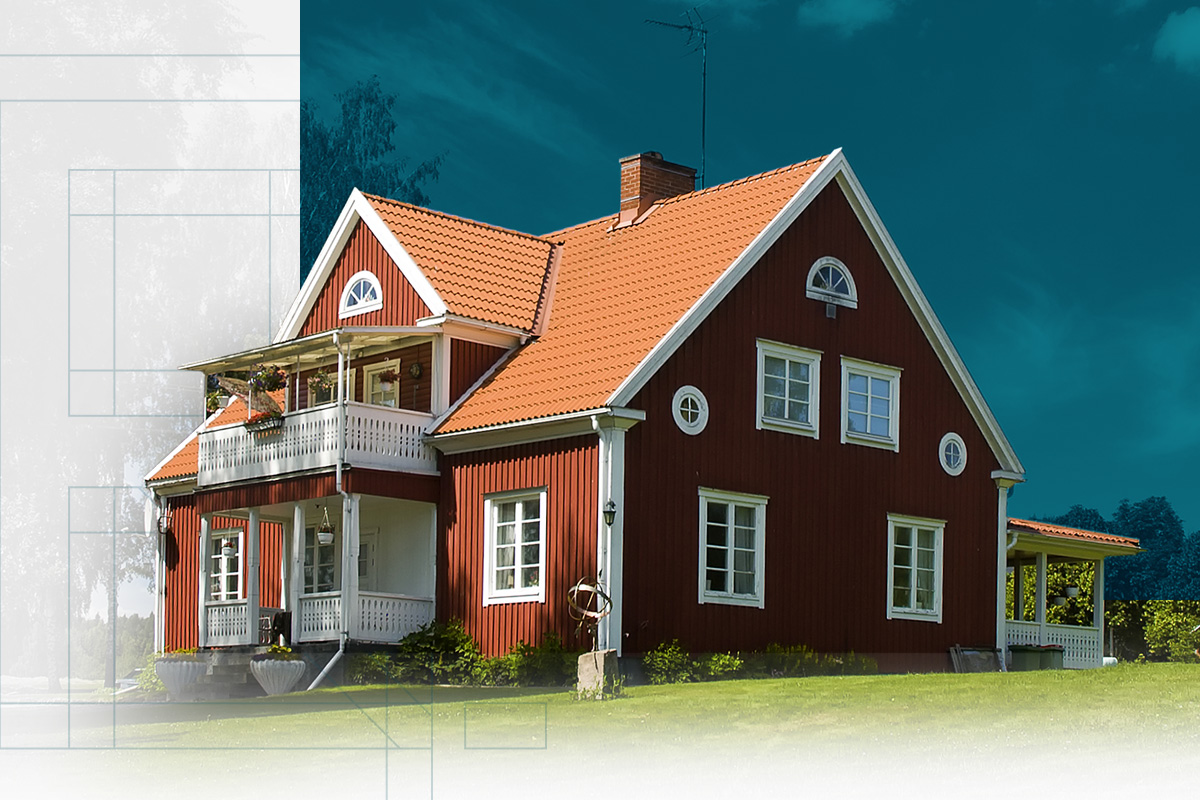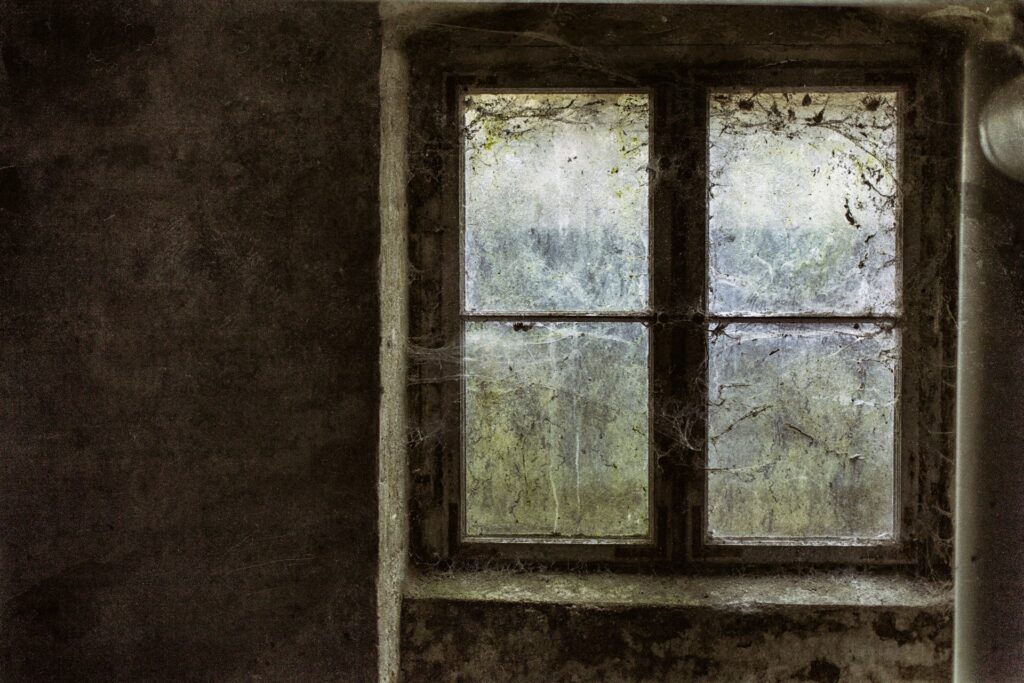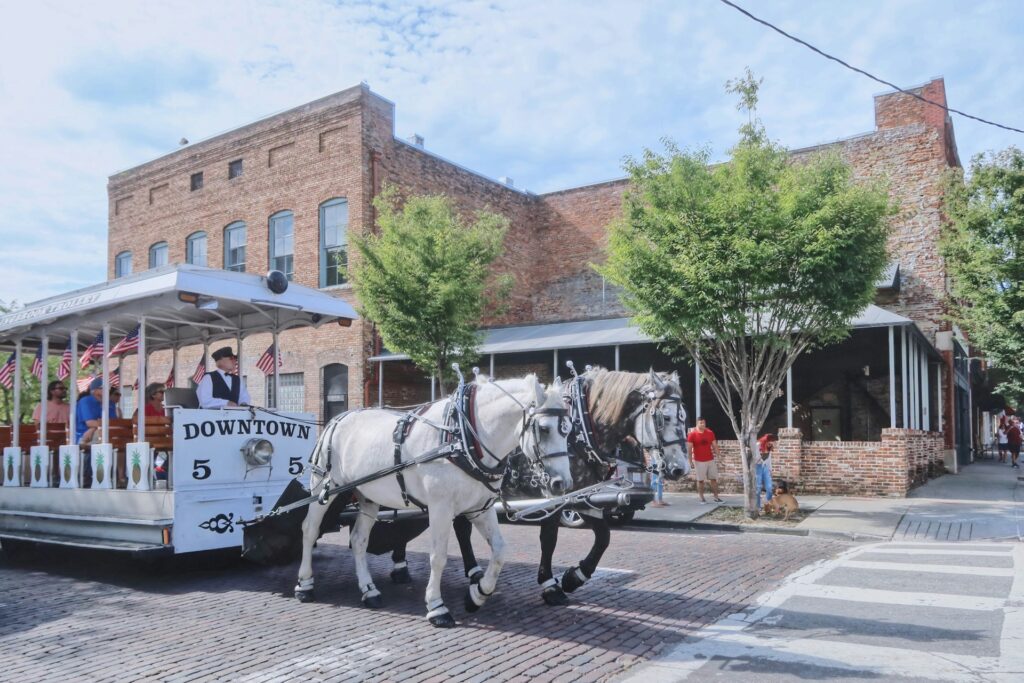
We are reader-supported. When you buy through links on our site, we may earn an affiliate commission.
There are several architectural styles that have made their mark on the American subconscious. One of the most traditional homes you’ll hear about is the ranch home. What is a ranch-style house, anyway, and what is the history behind it?
People have built these homes for decades, inspired by specific architecture and lifestyles that call back to the American dream. Here’s everything you need to know about the style’s history, layout, strengths and weaknesses.
- What is a Ranch-Style House?
- The History of Ranch Homes
- Types of Ranch Homes
- Pros and Cons of Ranch Homes
- The Most Famous Ranch Houses in Pop Culture
What is a Ranch-Style House?
In short, a ranch home is a single-story structure with a long roofline and large windows.Beyond this, it’s pretty customizable. We’ll discuss some of the many iterations of this style, but first, we’ll look into how it was created over time.
The History of Ranch Homes
Many early American settlers began their new lives in the Northeast, building two-story homes with central chimneys. The point of each structure was to maximize their personal space in growing communities and encourage heat to flow throughout the house during frigid winters.
The same architecture didn’t work as well in the Southwest. Residents there needed a way to cool their home, instead of encouraging the heat to rise to second floors where they spent every sweltering night.
Starting in the 1890s, people looked to Spanish Colonial architecture and saw something that worked. Most homes had only one story and featured a unique U-shape. They merged that design with American ideas and created North American Spanish Colonial homes with one level and flat roofs.
It wasn’t until the housing boom after World War II that ranch homes spread throughout the country. Each region had its own version, which changed the availability of specific home structures.
Types of Ranch Homes
Across the country, you’ll find slight differences in ranch-style houses. Here’s how to figure out what to look for.
1. Split-Level Ranch
Traditional ranch houses only have one floor, but split-level home architecture became popular in the 1950s. To appease the masses, builders put together the split-level ranch. It may have a basement built so the windows aren’t noticeable from the street and an attached garage.
You’ll find these mostly in hilly areas around the Northeast or the mountains of the west.
2. California Ranch
Back in 1931, architect Cliff May built the first California ranch home for his personal use. He wanted it to blend in with the local landscape, so he borrowed from the oranges and reds of the Spanish Colonial structures in the area. He emphasized the importance of a courtyard or patio, plus a large surrounding yard.
3. Suburban Ranch
Suburban ranch homes popped up around the country in the mid-1940s. A bit smaller than the traditional ranch style and built on concrete foundations, they were easy to make affordable for those with growing families.
More people bought into this kind of house because automobiles were more accessible, leading to the creation of suburban neighborhoods with ranch homes outside city limits.
4. Storybook Ranch
Back in the 1950s, society pushed the idea of the ideal woman becoming a homemaker. To further sell the image, architects took the popular ranch style home and marketed a new version as a storybook or Cinderella house. Under this unique style, one-story homes had wavy trim and high-gabled roofs.
Often painted in bright colors, they appeared across the nation as a symbol of family life.
5. Raised Ranch
From the 1960s to the ’80s, people who wanted a split-level home with fewer stairs opted for a raised ranch. It either had an upstairs or basement, with most featuring playrooms or garages under the main living area.
Homeowners could enjoy the look of a one-story house without compromising on the space they wanted.
Pros and Cons of Ranch Homes
Clearly, there are ranch-style houses suitable for almost any household. Now it’s time to learn about the pros and cons of this architectural style.
Why have they stuck around so long, and what are the downsides to living in one?
Ranch House Pros
People who desire this styled home want it because they can enjoy:
- Large, open floor plans
- No stairs that pose safety risks for young kids and older adults
- Easy evacuation routes in case of an emergency
You may prefer a ranch house if you have trouble navigating stairs or want to live in an open area that doesn’t feel constricted by extra walls around every room.
Ranch House Cons
Keep these cons in mind when you consider buying a ranch-style home of your own:
- First-floor windows create less privacy
- Large ranch houses will have less yard space
- Suburban homes may look identical to each other
This style may not be right for you if you want a home that looks different than your suburban neighbors or provides more privacy with second-floor windows.
The Most Famous Ranch Houses in Pop Culture
It’s no surprise that ranch-style homes have been used to illustrate everyday American life in television and movies.
One of the most famous ranch houses on television was on The Wonder Years. The classic Burbank home was used in establishing shots and can be seen in the seasons 1-4 opener.
Then, there’s the iconic The Golden Girls home, a ranch used in opening and establishing shots and the credits for the first few seasons.
Interestingly, an exact replica of the California home’s exterior was built at Disney-MGM Studios in Orlando, Florida, after a few years. While that set has been torn down, the original home still stands in all its glory.
Ranch-Style Houses Are Classic American Homes
The ranch has many iterations, but it’s one of the core architectural styles in many American neighborhoods. Love it or hate it, this home has made its mark on the national subconscious — a testament to times of endless square footage and large yards.
The only way to know if a ranch home is right for you is to visit a few in person. Tour different ones and get a feel for the pros and cons of each. You’ll determine if the style is right for you and what you want from your future house.










